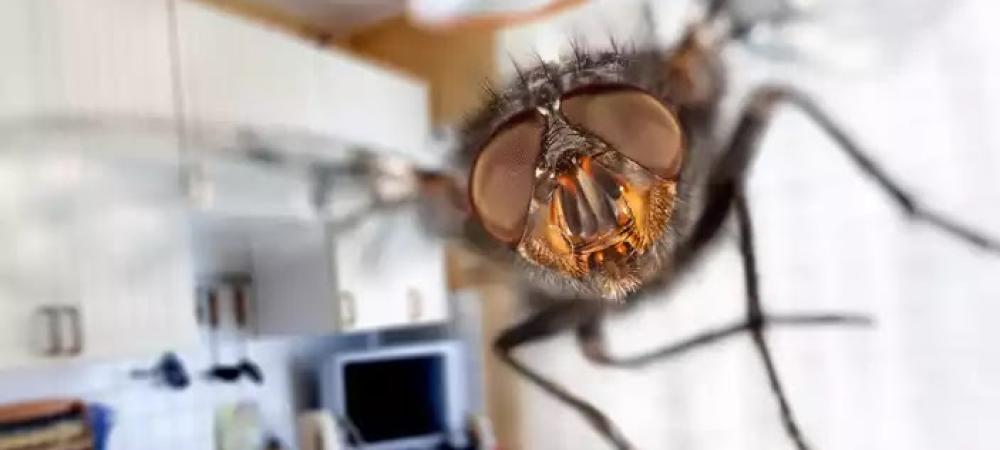Why Pests Keep Coming Back After DIY Treatments

If you’ve sprayed for ants or roaches only to see them return a week later, you’re not alone. DIY pest products may handle what’s visible but miss what matters—hidden nests, eggs, and entry points. Here’s why most store-bought treatments fail and what it takes to break the cycle for good.
Quick Fixes Don’t Solve Root Problems
Most over-the-counter sprays are designed to kill on contact. They rarely reach where pests actually hide, such as inside walls, crawl spaces, or under floors. When those areas go untreated, the surviving insects repopulate quickly.
Common hidden pest zones include:
- Wall voids and baseboards.
- Attics and insulation.
- Kitchen cabinets and appliance gaps.
- Damp crawl spaces and basements.
Killing what you see provides temporary relief, but true control means targeting where pests breed.
Using the Wrong Product or Technique
Every pest has unique habits and vulnerabilities. Using a generic spray often leads to incomplete results or even worsens the infestation.
Examples of common DIY mistakes:
- Spraying over ant trails instead of using bait stations that reach the colony.
- Overusing foggers or aerosols that push pests deeper into hiding.
- Applying the wrong chemical concentration, reducing effectiveness.
- Treating too infrequently, allowing eggs to hatch between sprays.
Without proper identification and precise application, infestations can rebound stronger than before.
Environmental Factors That Bring Pests Back
Even after treatment, certain conditions inside and outside your home can undo your progress. Pests need three things to survive: food, water, and shelter. If any are easily available, they’ll return.
Common attractants include:
- Leaky pipes or standing water.
- Crumbs, pet food, or open trash bins.
- Unsealed cracks or damaged weatherstripping.
- Overgrown shrubs or firewood stacked against the foundation.
Addressing these issues helps any treatment—DIY or professional—last longer.
The Value of Recurring Pest Control
Pest activity changes with the seasons. Ants peak in spring, roaches thrive in summer, and spiders move indoors in fall.
One-time treatments can’t keep up with these cycles. Ongoing protection offers barrier maintenance to stop seasonal invasions and adjustments based on their behavior. Consistent service creates a defensive perimeter that makes reinfestation much less likely.
The Takeaway
DIY pest control may offer quick relief, but it’s not designed for long-term prevention. Professional pest control offers ongoing inspection, professional-grade products, and adjustments that eliminate the source—not just the symptoms.
If pests keep coming back, contact Natural Roots Pest Control & Wildlife Removal to schedule an inspection and learn how targeted treatments can stop recurring infestations at the root.
